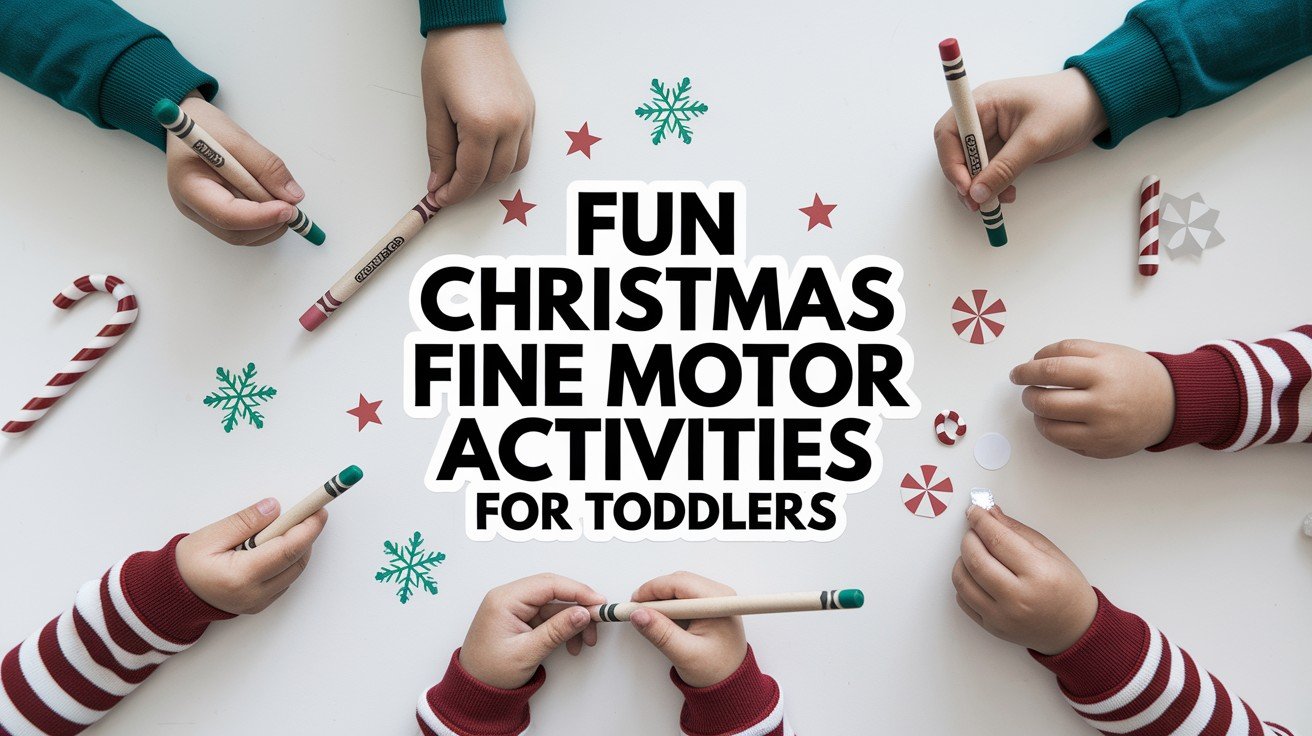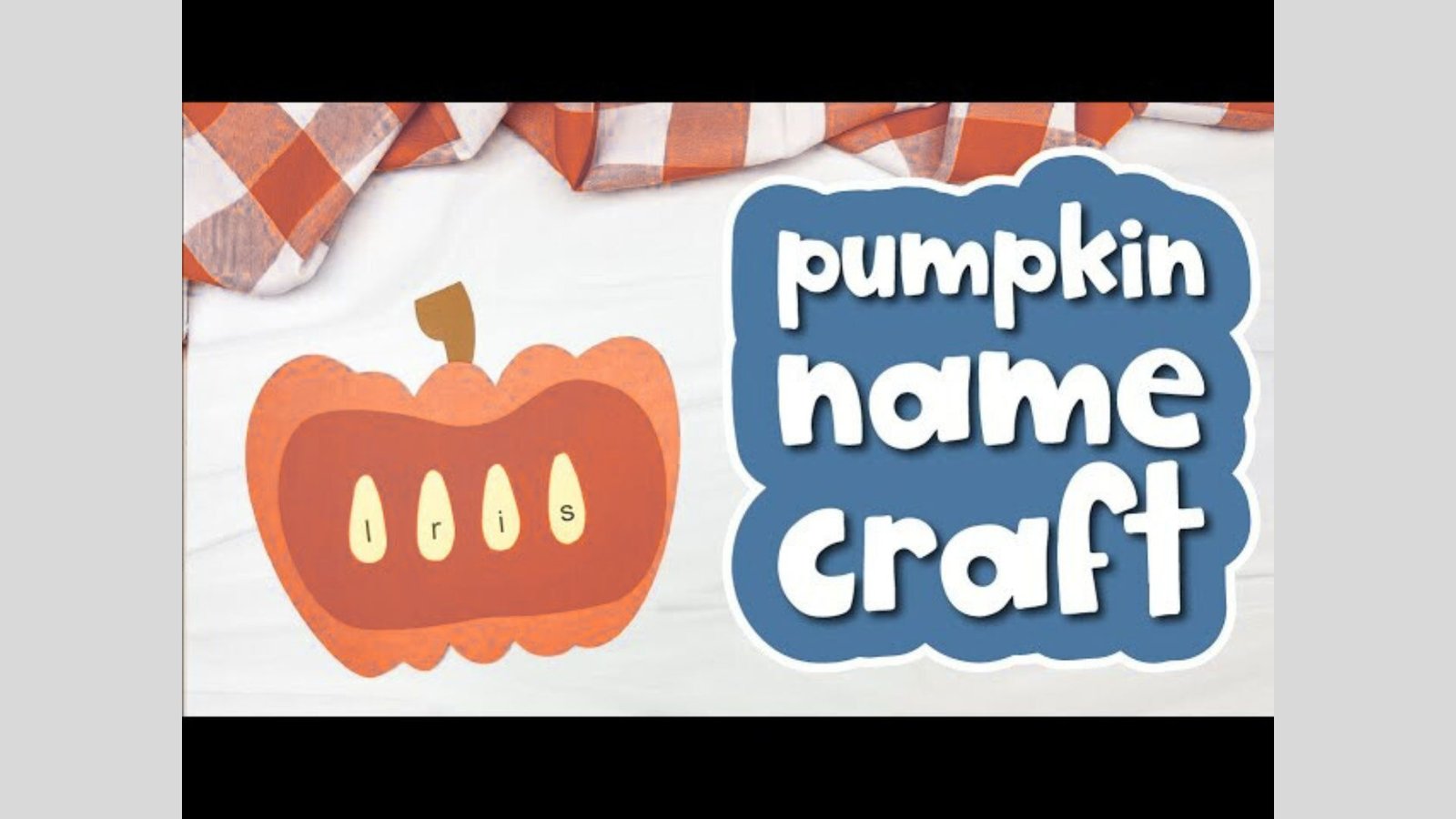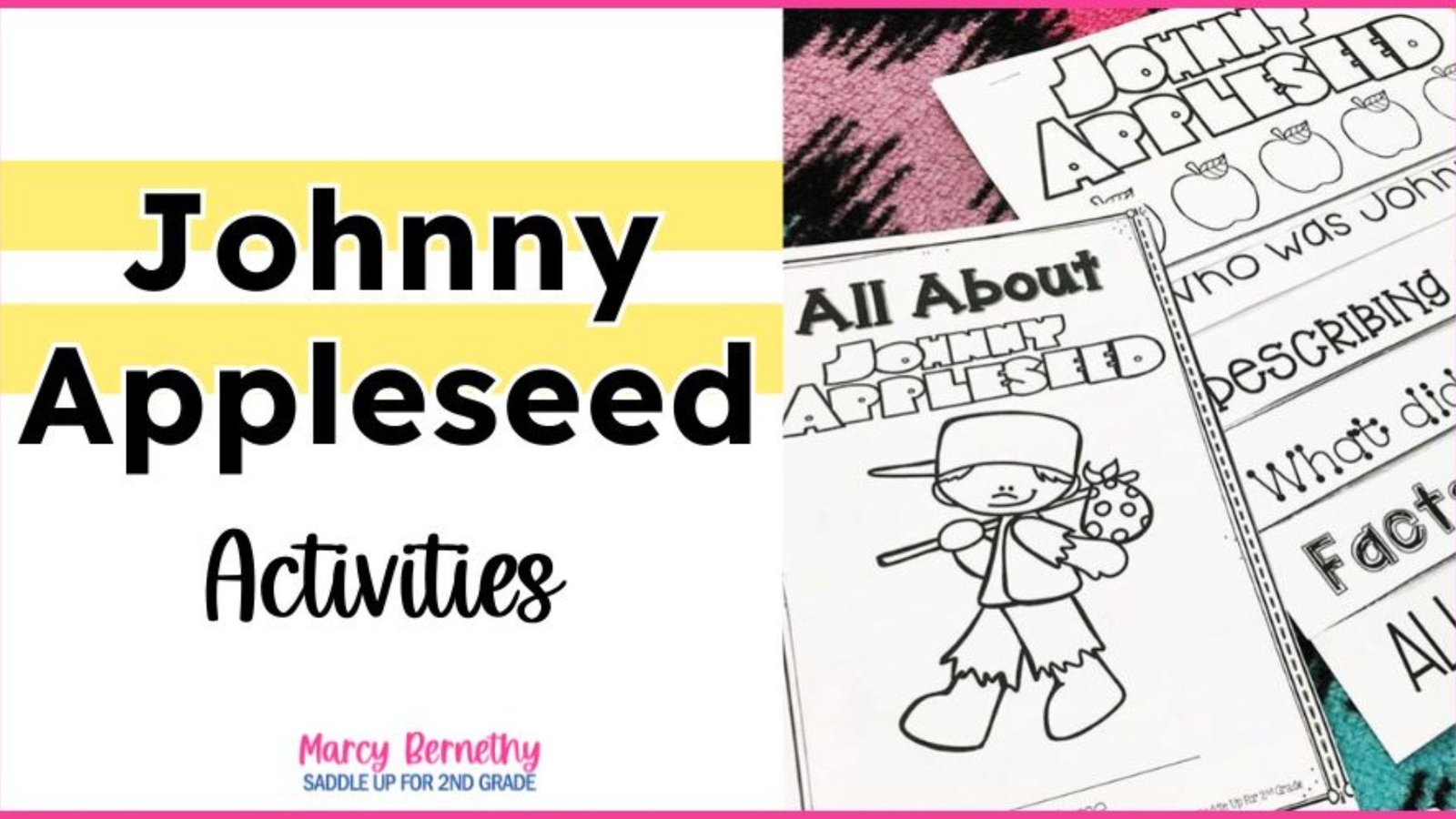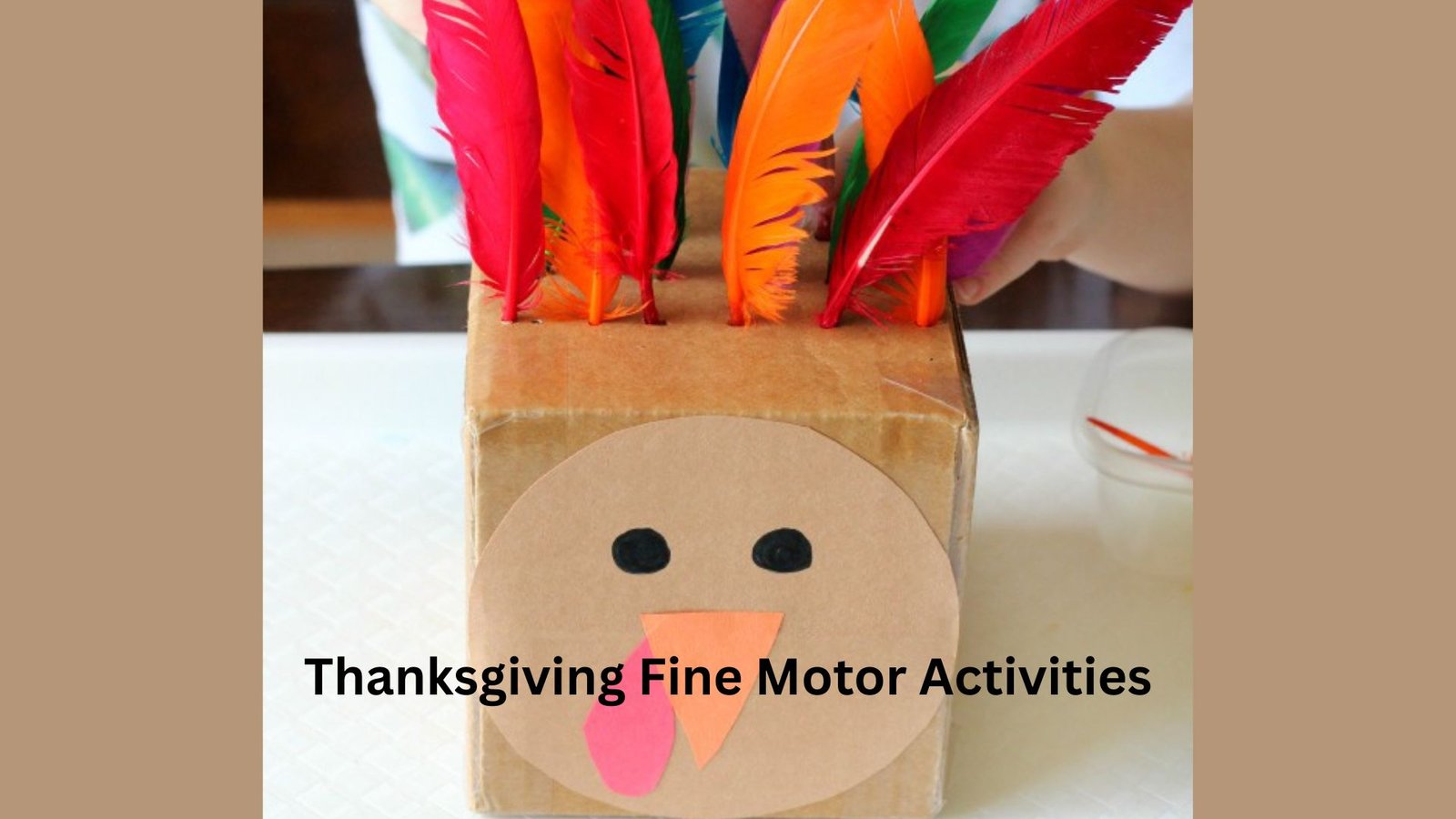December can feel chaotic when you’re raising toddlers. The holiday excitement is real, but so is the struggle to keep little hands busy and learning.
Here’s the good news: Christmas activities can actually build the small muscle skills your child needs for writing, buttoning, and everyday tasks. These are called fine motor skills, and they develop through simple, playful activities.
I’ve spent years working with toddlers and preschoolers, and I’ve seen how the right activities keep them engaged while building strength in their fingers and hands. No worksheets needed. Just fun, hands-on play that happens to teach important skills.
In this guide, you’ll find Christmas fine motor activities that actually work. Each one uses materials you probably already have at home. I’ll show you exactly what to do, what skills each activity builds, and how to make it easier or harder based on your child’s ability.
These activities have been tested in real classrooms and homes. They keep kids happy during the busy holiday season while preparing them for kindergarten and beyond.
Let’s make December both fun and productive.
Fun Christmas Fine Motor Activities for Toddlers
I’ve chosen activities that work in real life with real kids. Some need just a few minutes to set up. Others you can prep once and use all month long.
Button a Christmas Tree
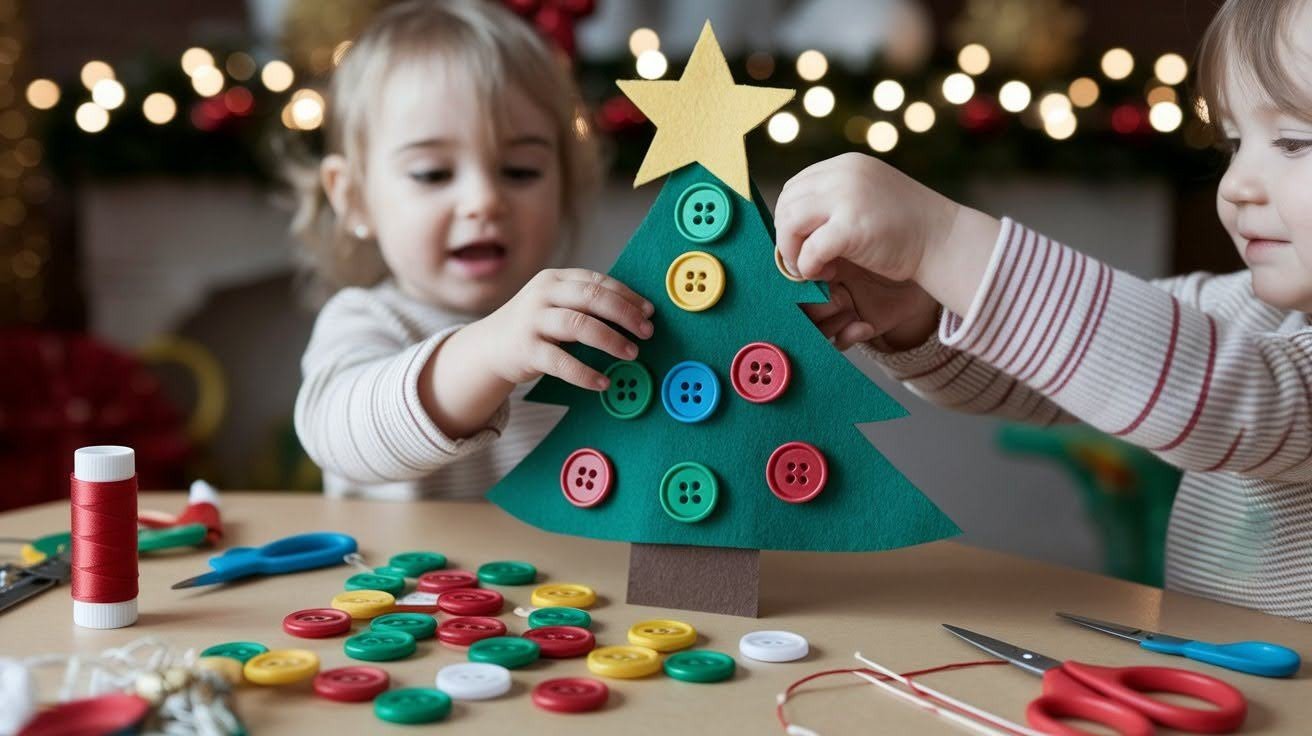
Buttoning is hard for little fingers. But when the buttons go on a Christmas tree, kids want to keep trying.
Cut a tree shape from green felt. Cut ornament circles from different colored felt. Sew buttons onto the tree and make buttonholes in the ornaments. Your child buttons the ornaments onto the tree. You’ll need felt in green and other colors, buttons in different sizes, scissors, and a needle and thread.
Start with big buttons for younger toddlers because they’re easier to grip and push through. Smaller buttons challenge older kids who need more practice. This activity teaches real skills, and kids who can button felt ornaments will find it easier to button their own coats and shirts.
String Plastic Ornaments in Order
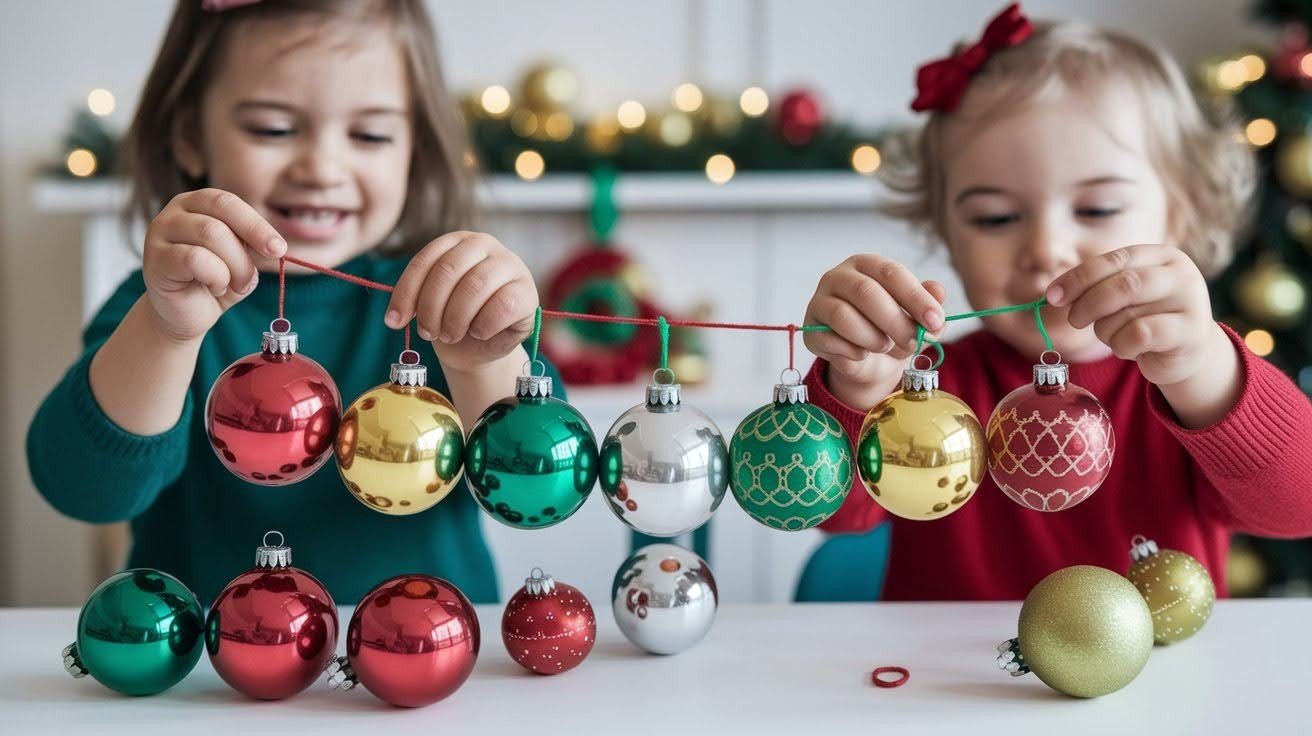
My students love this one. They get to make patterns and see exactly what they created.
Print out a simple pattern card showing colored ornaments in order. Give your child shatterproof plastic ornaments and string, and they copy the pattern by threading ornaments onto the string. You’ll need shatterproof plastic ornaments (never glass), string or pipe cleaners, and pattern cards with colored circles.
Make it easier by using pipe cleaners instead of string because pipe cleaners stay stiff and don’t bend everywhere. Start with just two or three ornaments for beginners. Want more challenge? Show the pattern card for twenty seconds, flip it over, and see if your child can remember the order. This builds memory skills along with hand coordination.
Christmas Tree Ornament Decoration with Tweezers
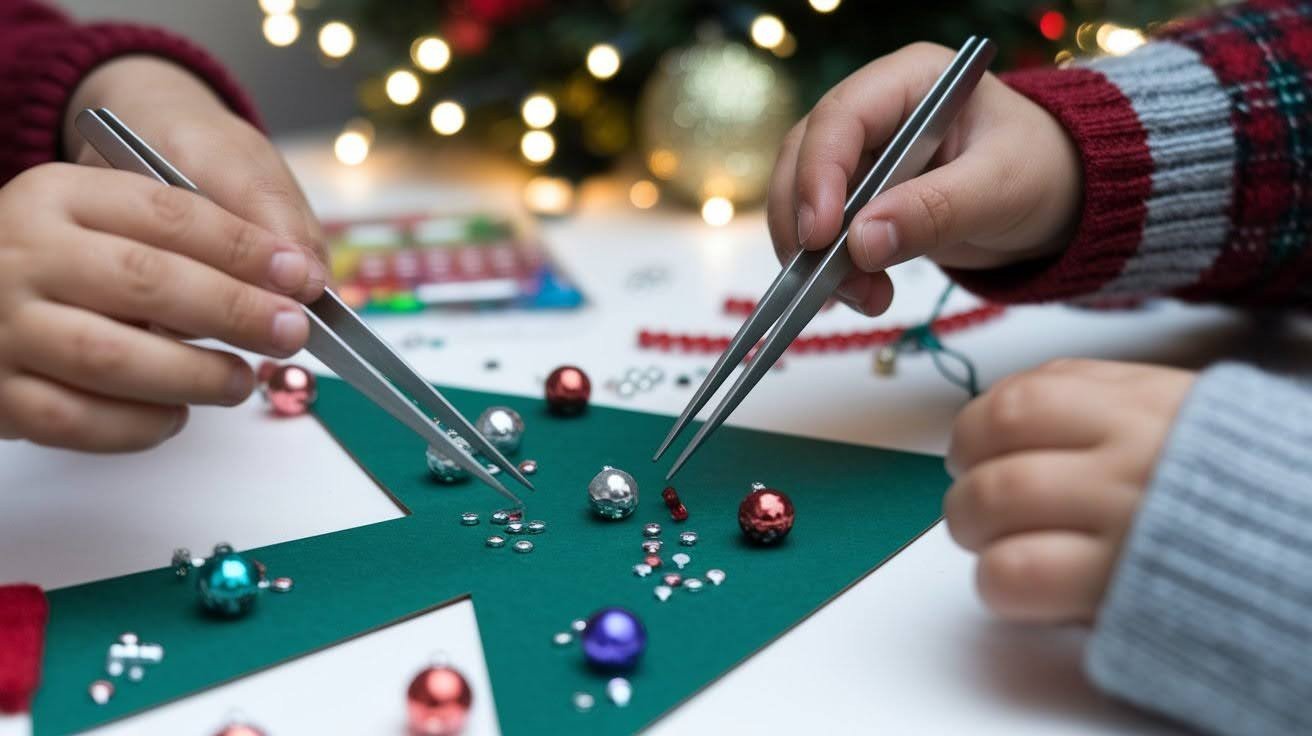
Tweezers are magic tools for building hand strength. The squeezing motion works the same muscles kids need for holding pencils.
Draw a Christmas tree on paper or print one out. Put pom poms in a bowl with tweezers, and your child uses the tweezers to pick up pom poms and place them on the tree as ornaments. Gather paper with a tree drawn or printed, pom poms in different colors, and tweezers in different sizes.
Small tweezers are harder to use than big ones, so let your child try both and see which works better. Some kids need to start with tongs before moving to tweezers. The pincer grasp they use here is the foundation for writing, so you’re not just decorating a tree but preparing those little hands for kindergarten.
Ornaments on the Tree (Sticker Activity)
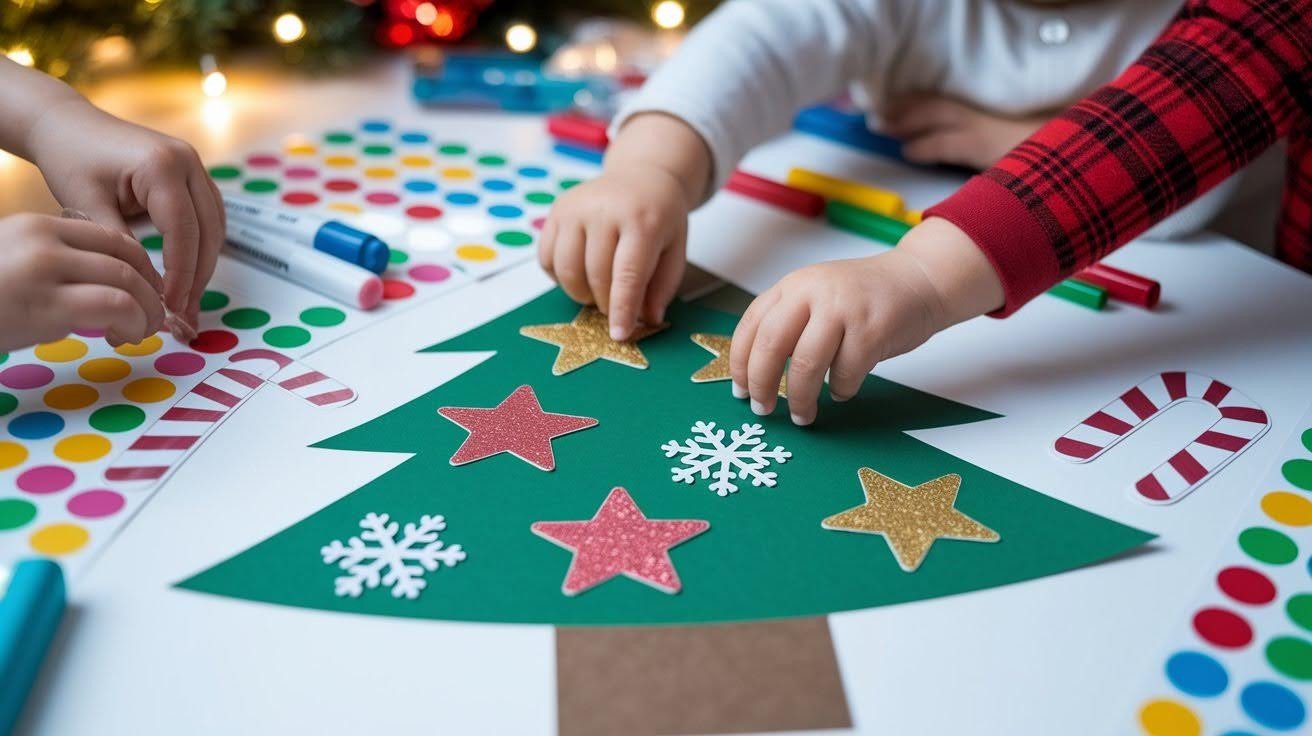
Peeling stickers is harder than it looks. It takes finger strength and control.
Give your child a tree template and a sheet of stickers. They peel off each sticker and place it on the tree. That’s it. Simple but effective. You need a tree template (print it or draw it), stickers of any kind, and optionally, ornament-shaped stickers.
Print the tree on green paper to save a step, or let your child color it first if they want. Both options work fine. The peeling motion builds the pincer grasp, and the placement practice helps with control. These are both skills kids need before they can write their names.
Yarn Snipped Wreath
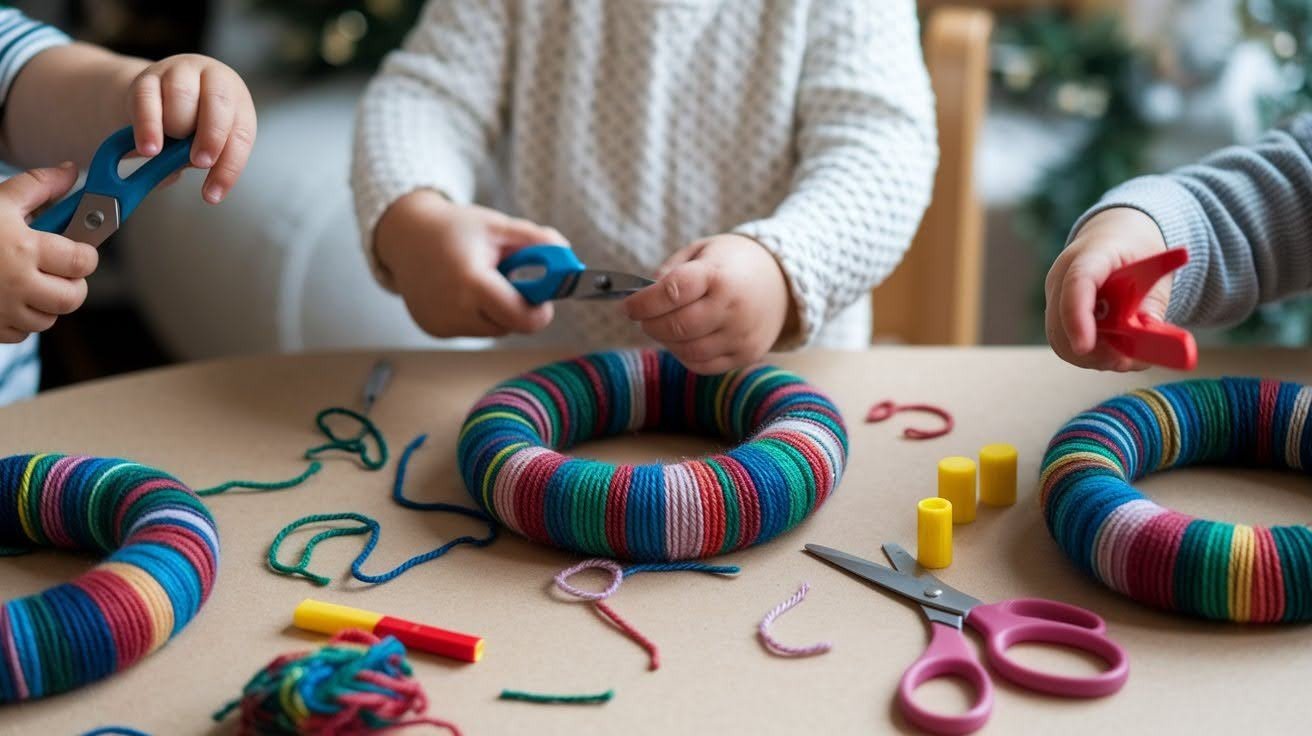
Cutting paper is one thing. Cutting yarn is totally different.
Give your child a long piece of green yarn and scissors. They snip it into small pieces, then glue the pieces onto a wreath template. Add jewels or sequins for sparkle. You need green yarn, a wreath template (just draw a circle), child-safe scissors, glue, and jewels or sequins.
Yarn moves and bends, and it doesn’t hold still like paper does. This means your child has to plan each cut more carefully. That extra thinking builds problem-solving skills. Plus, kids love adding the sparkly decorations at the end, and the finished wreath looks great hanging on the fridge.
Count and Clip Christmas Lights
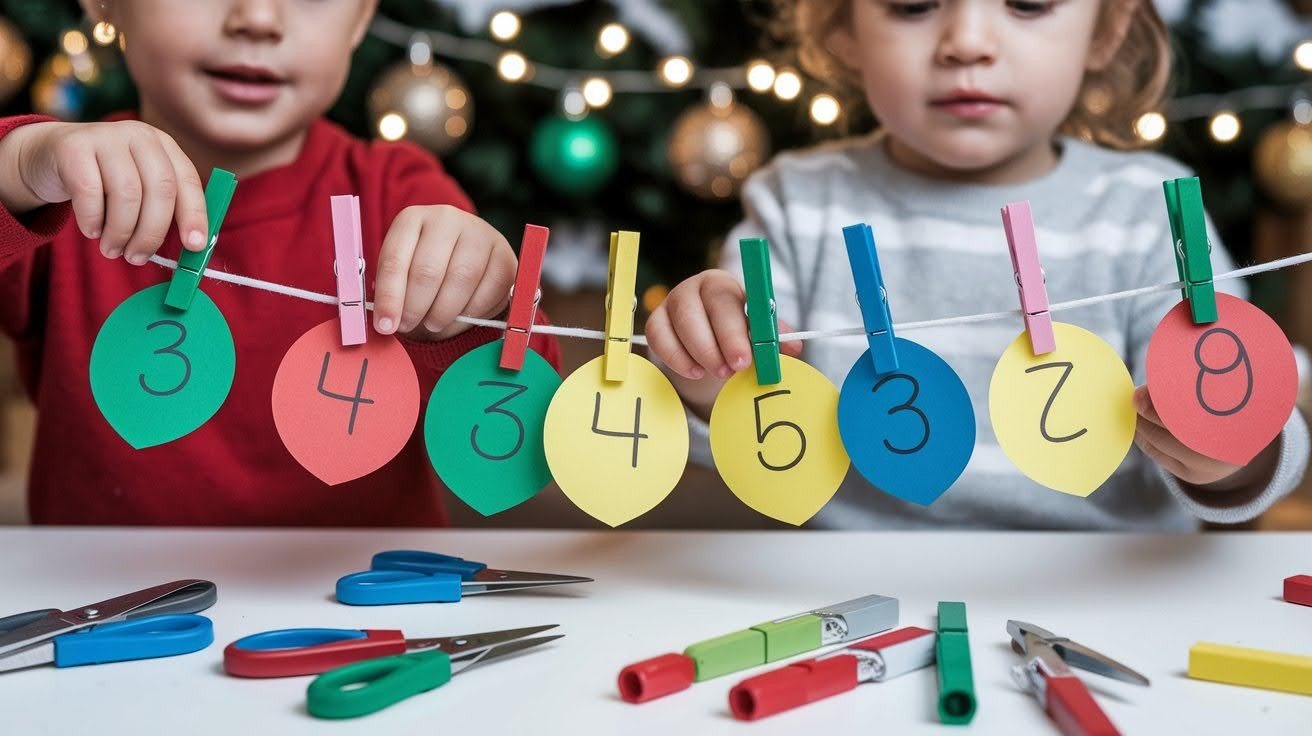
Clothespins are perfect for building hand strength. The squeezing motion works those small muscles hard.
Draw Christmas lights on green paper strips and write a number on each card. Your child clips that many clothespins onto the card to match the number. You need green paper or cardstock, markers, wooden clothespins, and you can optionally draw light bulb shapes.
This activity teaches counting and number recognition, but the real benefit is the squeezing. Those hand muscles get stronger with every clip. Stronger hands mean better pencil control later, and I’ve watched kids go from weak, shaky writing to confident letters after months of clothespin activities.
Jingle Bell Drop
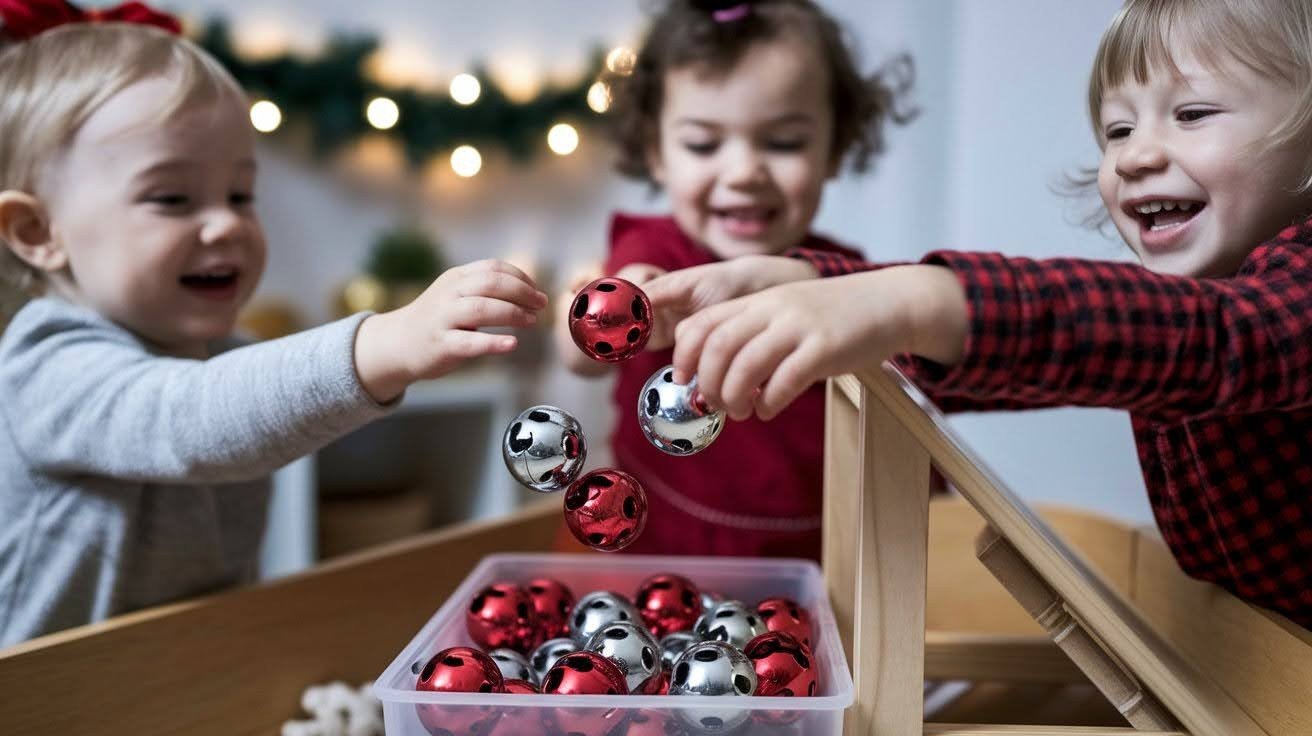
Babies and young toddlers need this kind of simple practice. It looks easy, but it takes real concentration.
Find a bottle with a medium-sized opening and give your child jingle bells. They drop the bells through the opening one at a time. The bells make noise when they hit the bottom. Gather an empty plastic bottle, jingle bells, and, optionally, decorate the bottle with Christmas stickers.
The sound gives instant feedback, and kids know right away when they succeed. This keeps them trying again and again. Hand-eye coordination improves with each drop as your child learns to line up their hand with the opening. This skill transfers to so many daily tasks later on.
Sensory Bags
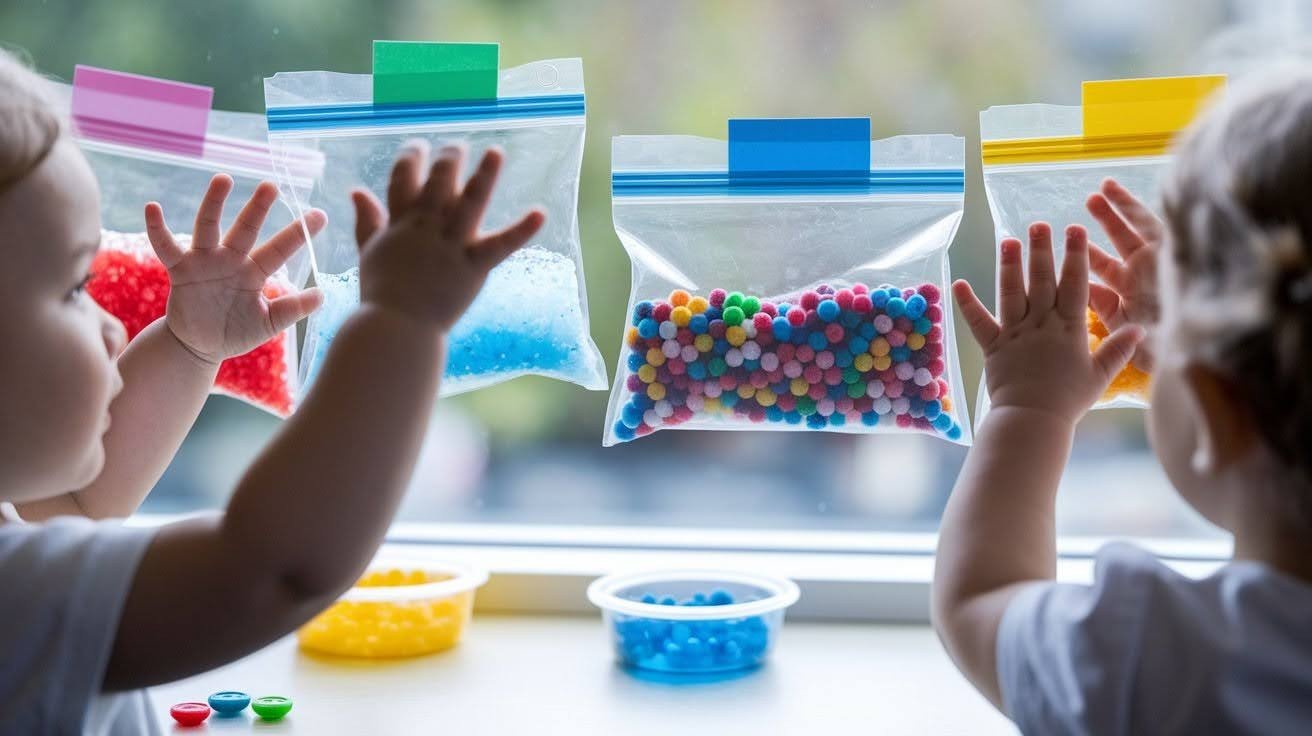
These bags are safe for even the youngest toddlers. Everything stays sealed inside.
Fill a ziplock bag with water and colored pom poms. Seal it tight and tape the seal closed. Your child pushes the pom poms around in the bag. You need heavy-duty ziplock bags, water, colored pom poms, strong tape, and, optionally, hair gel or glitter.
Supervise this activity every time and check that the seal stays closed. Little fingers are strong and curious. Kids love watching the pom poms float and move, and they can separate colors or push them into patterns. The finger movements build strength and control.
Playdough Christmas Trees
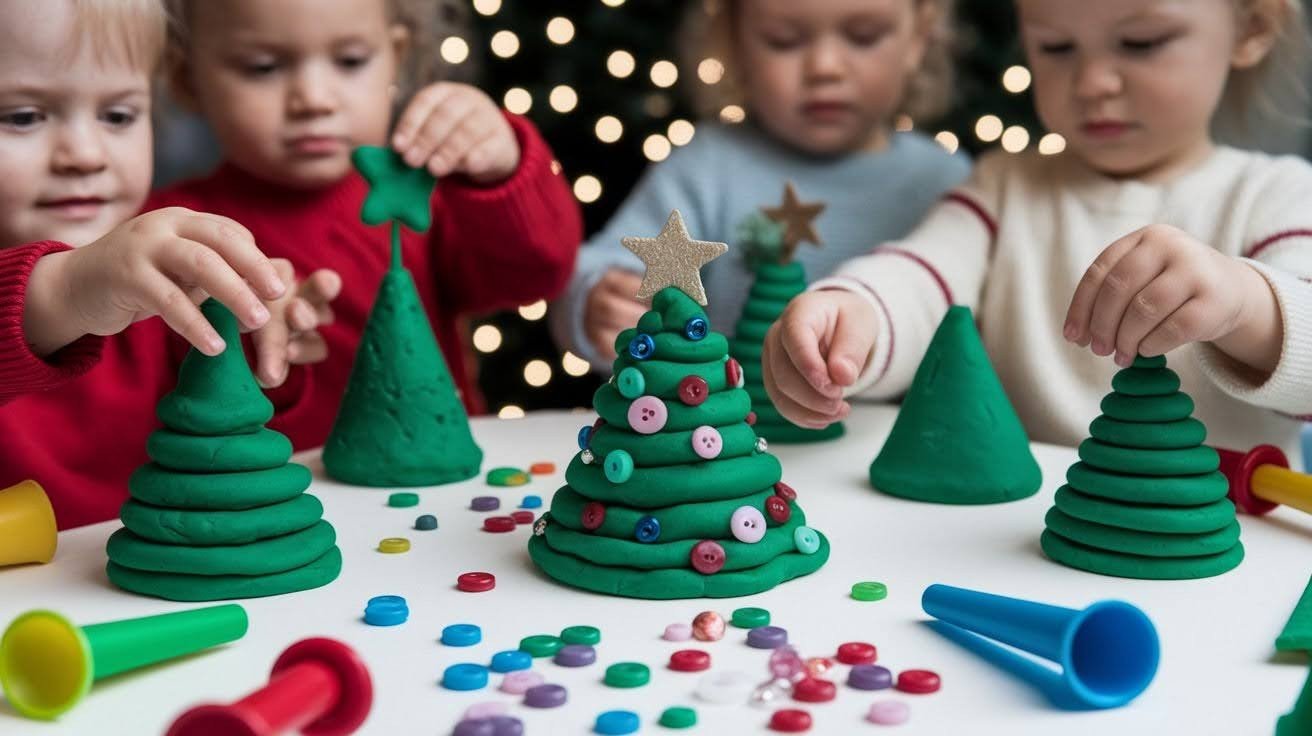
Playdough is my go-to material for hand strengthening. Rolling, pinching, and shaping all build muscle.
Give your child green playdough and they shape it into a Christmas tree however they want. Add beads, sequins, or small ornaments for decorating. You need green playdough (store-bought or homemade) and optional decorations like beads, sequins, buttons, or small plastic ornaments.
There’s no wrong way to do this. Some kids make flat trees and others build tall ones. Both methods work those hand muscles. The squeezing and rolling motions strengthen the whole hand, and these are the same movements kids need for holding pencils and using scissors later.
Christmas Tree Sticky Wall
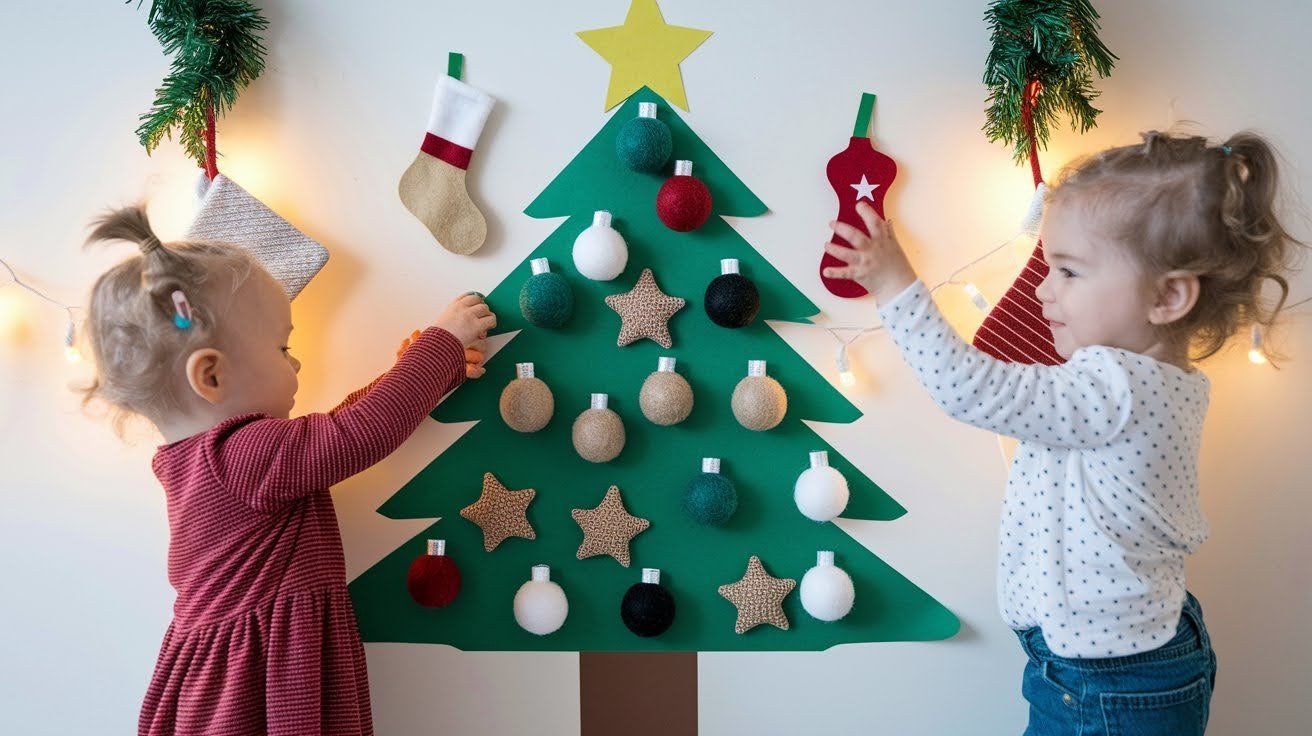
Working on a vertical surface does something special. It builds shoulder and arm strength that kids need for writing.
Tape contact paper to the wall, sticky side out, and shape it like a triangle tree. Give your child small pieces of green tissue paper, and they stick the pieces onto the contact paper. You need contact paper or clear shelf liner, tape, green tissue paper torn into pieces, and, optionally, pom poms or yarn pieces.
Reaching up and pressing items onto the wall works different muscles than table activities. The shoulder gets stronger, and the arm learns to reach and place with control. You can use this same setup with different materials like pom poms, small pieces of wrapping paper, or yarn.
Bead Sorting with Theraputty
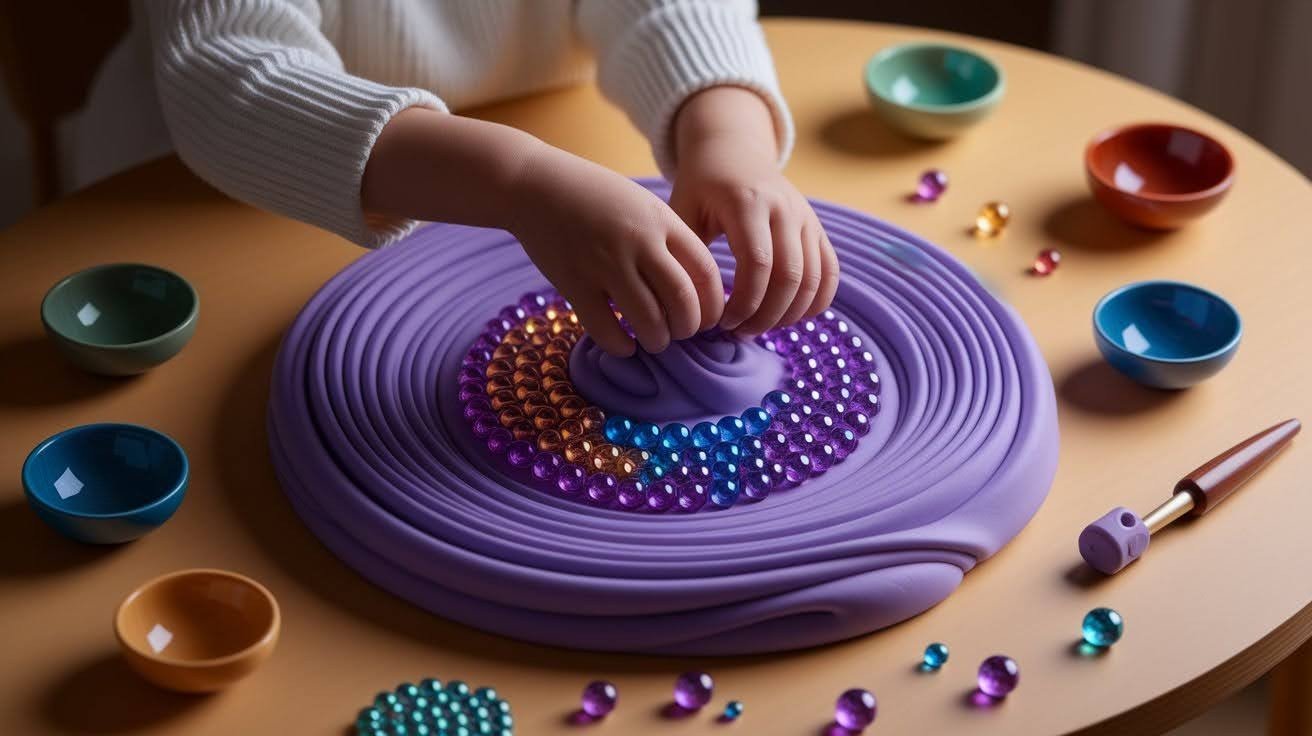
Theraputty is a special putty that comes in different strengths. It’s perfect for kids who need extra hand strengthening.
Knead colored beads into the putty, and your child digs through the putty to find the beads. They place each bead on a matching colored sorting card. You need theraputty (choose soft, medium, or firm), colored beads, and sorting cards with colored circles.
Start with soft putty for kids with weaker hands and move to firmer putty as they get stronger. The resistance makes their fingers work harder. Finding beads in the putty takes focus, pulling them out takes strength, and sorting by color adds a learning element. This one activity builds multiple skills at once.
Tips for Success with Christmas Fine Motor Activities
Use simple, safe, budget-friendly activities that match your toddler’s skill level, keep sessions short, and focus on fun and progress.
- Years of experience and mistakes have taught me that safety always comes first. Toddlers love to find with their mouths, so stay close during all activities. Avoid small items like beads and bells unless your child is developmentally ready, and always supervise closely. Choose materials based on your child’s age and habits. Every toddler is different, and you know yours best.
- Start every activity at its simplest level and adjust based on your child’s progress. Use larger items for beginners, keep choices limited, and introduce new tools or patterns slowly. For example, start with tongs before tweezers or soft putty before firm. Progress matters more than speed; let your child gain confidence at their own pace.
- You don’t need fancy supplies to make these activities work. Dollar stores and your own kitchen have almost everything you need, think pom poms, felt, tape, and containers. Set up activities in labeled shoeboxes or plastic bins for easy access, and rotate them regularly to keep things fresh and fun.
- Keep activity sessions short and sweet; 10 to 15 minutes is ideal. Let toddlers choose between a couple of options, stop while they’re still interested, and celebrate their efforts rather than perfection. Display their creations proudly or take photos to make their work feel important and valued.
- Invest in a few quality materials you’ll use over and over, like tweezers, clothespins, felt, beads, and a laminator for reusable templates. Shop smart by hitting post-holiday clearance sales, using coupons, and checking what you already have at home. Everyday items like yarn, old gift cards, and cotton balls often work just as well as store-bought supplies.
Conclusion
December just got easier. These Christmas fine motor activities make holiday excitement into skill-building that does not feel like work.
I’ve watched these activities help hundreds of toddlers toward strengthening their hands and coordinating them, skills they need for kindergarten. Kids use party supplies while learning how to write or cut. Your child also has to prepare to complete the daily tasks. That is a win for everyone.
This week, start with either two or three activities. Use items present in the house. Celebrate the effort and not perfection, plus keep sessions of short duration. Each button, sticker, and squeeze is, in fact, making all those little fingers stronger.
Will you try some activity at the start? Comment underneath this message to tell me. You will be thanked for your help by a future kindergarten teacher. Your future includes the teacher.
Frequently Asked Questions
What are fine motor skills, and why do they matter for toddlers?
Fine motor skills involve small muscle movements in the hands and fingers. They’re important because toddlers need these skills for writing, buttoning clothes, using scissors, and daily self-care tasks. Building these skills early makes kindergarten easier.
At what age is it best for Christmas fine motor activities?
Most of these activities work well for toddlers and preschoolers ages two to five. Start with simpler versions for younger toddlers using larger materials, then increase difficulty as they grow and develop stronger hand control.
How long should fine motor activity sessions last?
Keep sessions between ten and fifteen minutes for toddlers. Their attention spans are naturally short, so stop before frustration sets in. Multiple short sessions throughout the week work better than one long session.
Do I need expensive materials for these activities?
No. Most activities use items from dollar stores or your kitchen. Pom poms, stickers, felt, clothespins, and containers are affordable. Many supplies, like yarn, old gift cards, and paper, you already have at home.
Are these activities safe for all toddlers?
Always supervise activities with small items like beads, bells, or buttons. Choose age-appropriate materials based on your child’s habits. Skip activities with choking hazards if your toddler still puts everything in their mouth.

